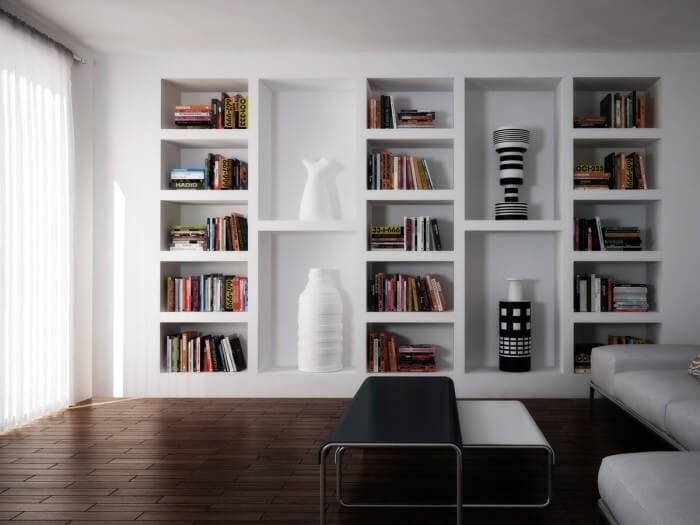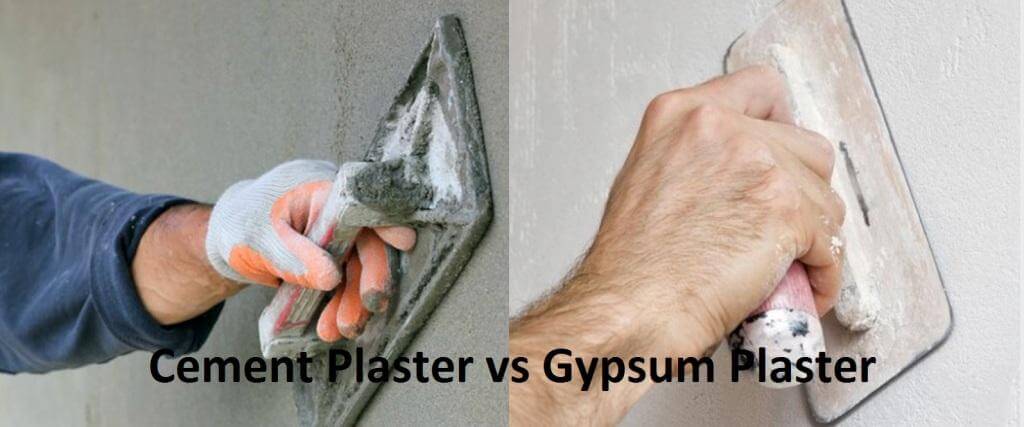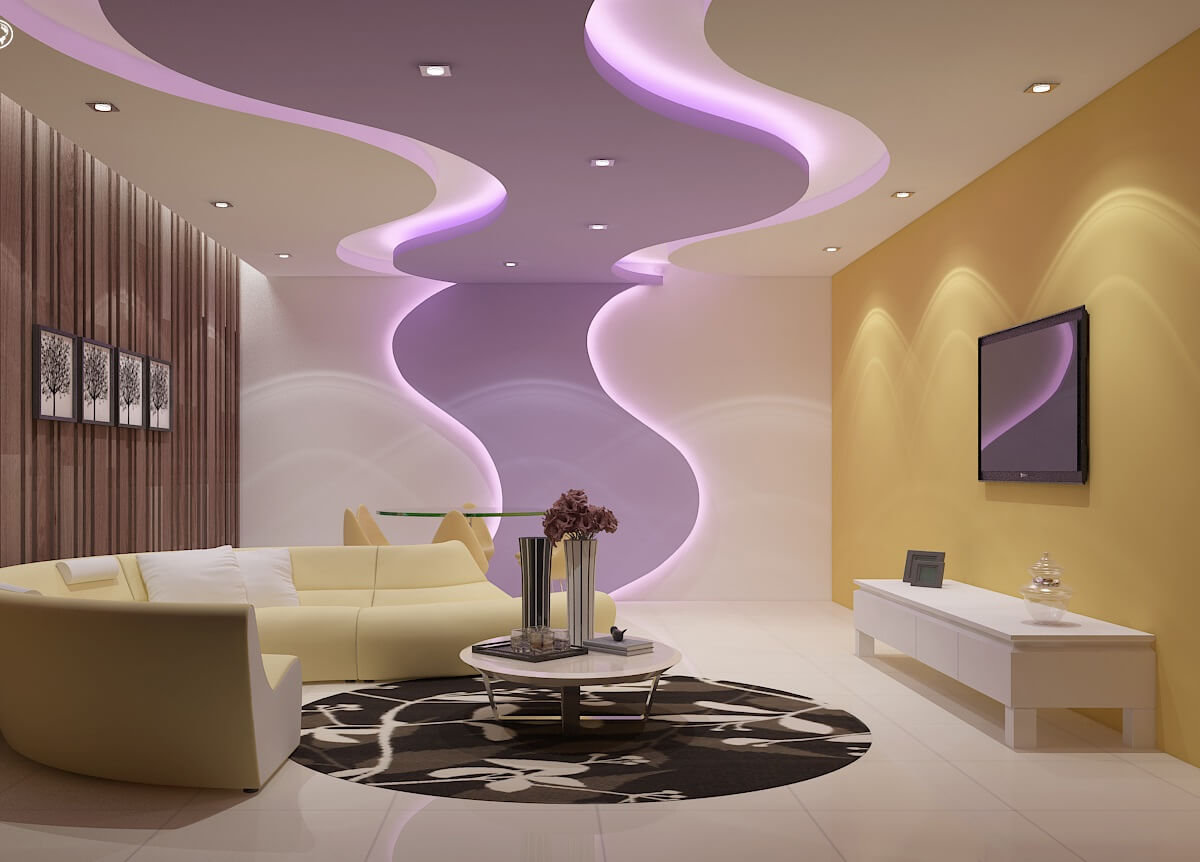Choosing Wall Types: Gypsum Board Benefits
When looking for the right wall panel type there are a lot of different qualities that you will want to look for. With a variety of different options like plywood, fiberwood, hardboard, and gypsum provide a variety of different properties when serving as wall material. But the problem that most people run into is which of these materials to use for your specific job. There is a lot of ground to cover here. So in this blog post, we will go over gypsum board (drywall) and how its properties will affect your wall. Plus, what benefits a gypsum wall can provide for you. We will look at a variety of aspects of the material such as flexibility, cost, convenience, and finishing.
Flexibility
In comparison to other board types, gypsum board can be installed as an interior wall in a much shorter timespan than other wall panel options. In fact, plaster applications can take a week or more, when the same job can be done in a day or so using gypsum board.
For our 3” gypsum panels, they consist of two ½” vinyl covered gypsum boards with a polystyrene core. These panels are able to fit in a variety of environments. We use these gypsum panels for office spaces in anything from warehouses to schools to fortune 500 companies.
25Aug 2017
Choosing Wall Types: Gypsum Board Benefits
7
SHARES
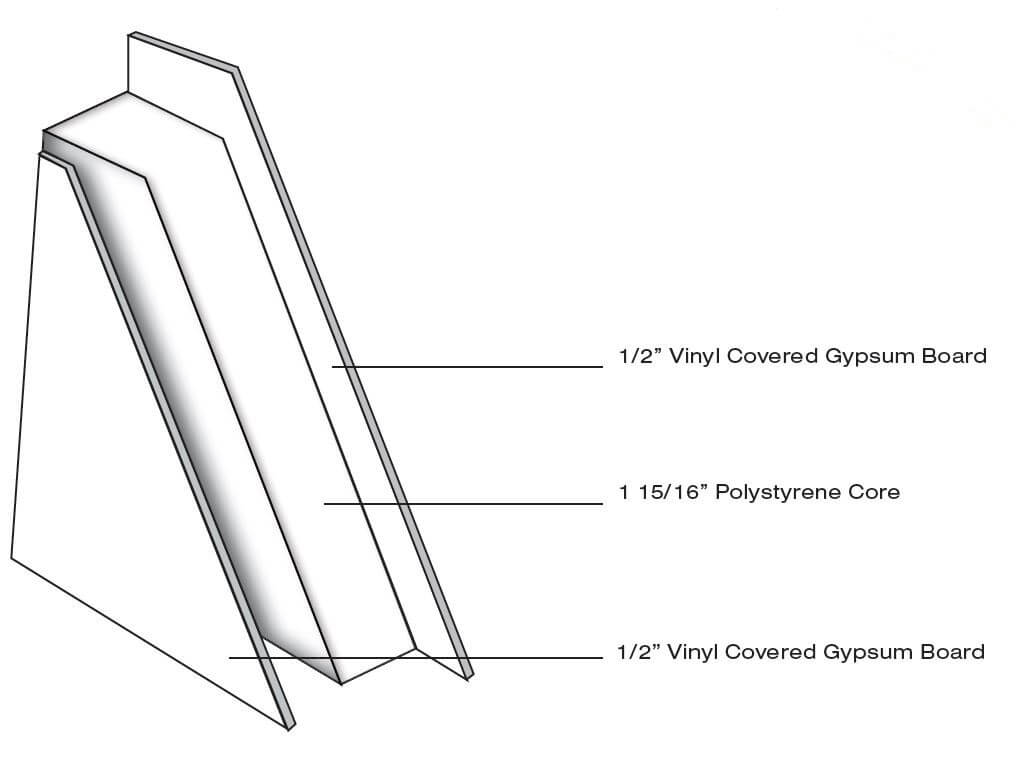
When looking for the right wall panel type there are a lot of different qualities that you will want to look for. With a variety of different options like plywood, fiberwood, hardboard, and gypsum provide a variety of different properties when serving as wall material. But the problem that most people run into is which of these materials to use for your specific job. There is a lot of ground to cover here. So in this blog post, we will go over gypsum board (drywall) and how its properties will affect your wall. Plus, what benefits a gypsum wall can provide for you. We will look at a variety of aspects of the material such as flexibility, cost, convenience, and finishing.
Flexibility
In comparison to other board types, gypsum board can be installed as an interior wall in a much shorter timespan than other wall panel options. In fact, plaster applications can take a week or more, when the same job can be done in a day or so using gypsum board.
For our 3” gypsum panels, they consist of two ½” vinyl covered gypsum boards with a polystyrene core. These panels are able to fit in a variety of environments. We use these gypsum panels for office spaces in anything from warehouses to schools to fortune 500 companies.
For many facilities, there are hazardous materials being used on a day to day basis for a variety of different work processes. This type of fire hazard has to be taken into account when designing your building and figuring out what type of material will be used inside your building. Gypsum Board provides excellent resistance to fire.
In fact, our vinyl covered gypsum board with a polystyrene core, our standard wall panel, classifies as Class A, which is still combustible but has the lowest flame spread of any classifiable combustible materials. However, if you take our standard panel and replace the polystyrene core with mineral wool, the panel will be rated as non-combustible overall.
Sound Dampening
Similar to its ability to help resist fire, gypsum board does a great job dampening outside sound as well. When looking at your new structure, it’s best to have a solid understanding of what type of work is going to go one inside the building and outside. If a company is constructing a conference room right next to their manufacturing facility, they better well make sure their wall panels are going to be able to absorb most of the sound that’s coming from outside. Otherwise, those are not going to be very productive meetings. This is where gypsum panels can really help you out. With our standard gypsum/gypsum panel with a polystyrene core, satisfy sound dampening requirements for all but the heaviest of manufacturing facilities. Although gypsum does a fantastic job of reducing sound transmission on its own, many different board types can be included in the gypsum/gypsum sandwich panel in order to increase the panel’s overall STC rating.
Cost
Finally, gypsum board is a very cost effective option for practically any wall application. This is because gypsum is very common occurring mineral and has been used in construction for centuries. In order to make gypsum board, all that is needed is the mineral gypsum, water, and a few additives. Then, it is formed into a board and hardens. Since the ingredients to make gypsum board is so readily available, and the overall gypsum manufacturing process is relatively simple, the overall cost of the product is very low. Plus, since gypsum has such high durability, upkeep costs are very low, making maintenance a breeze.

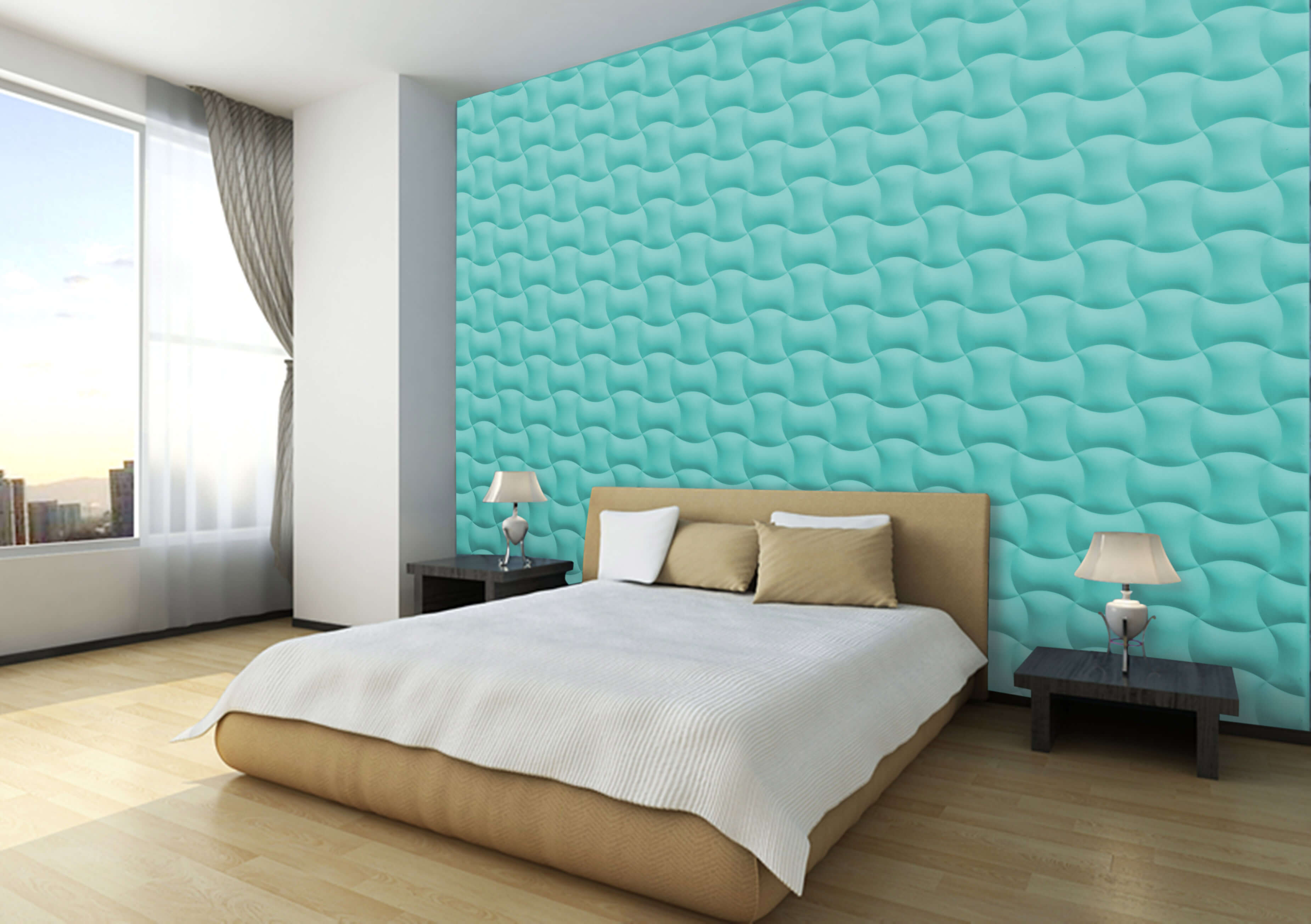
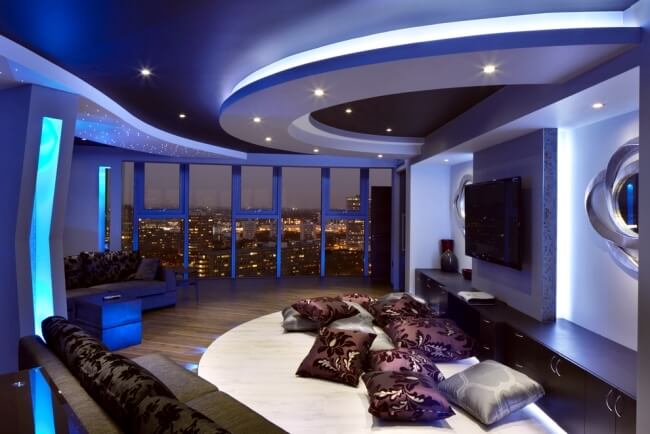
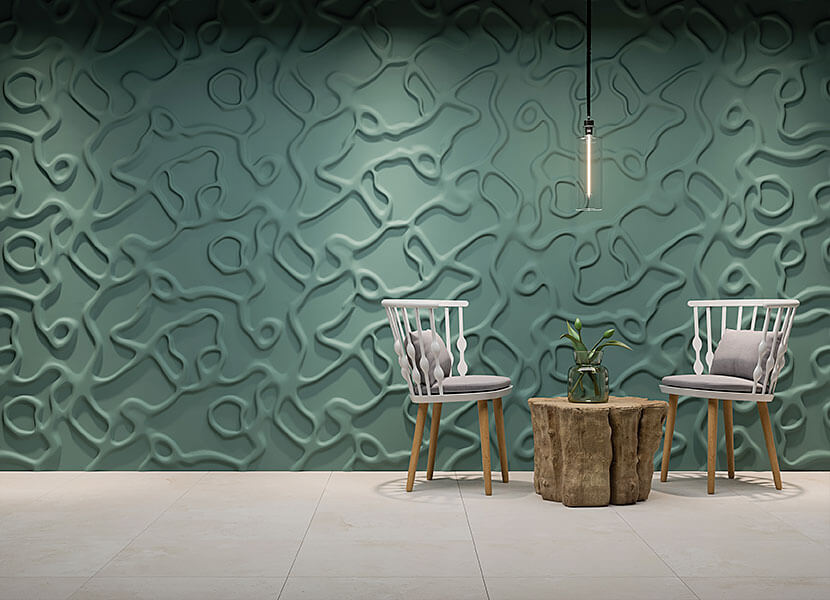
.jpg)
